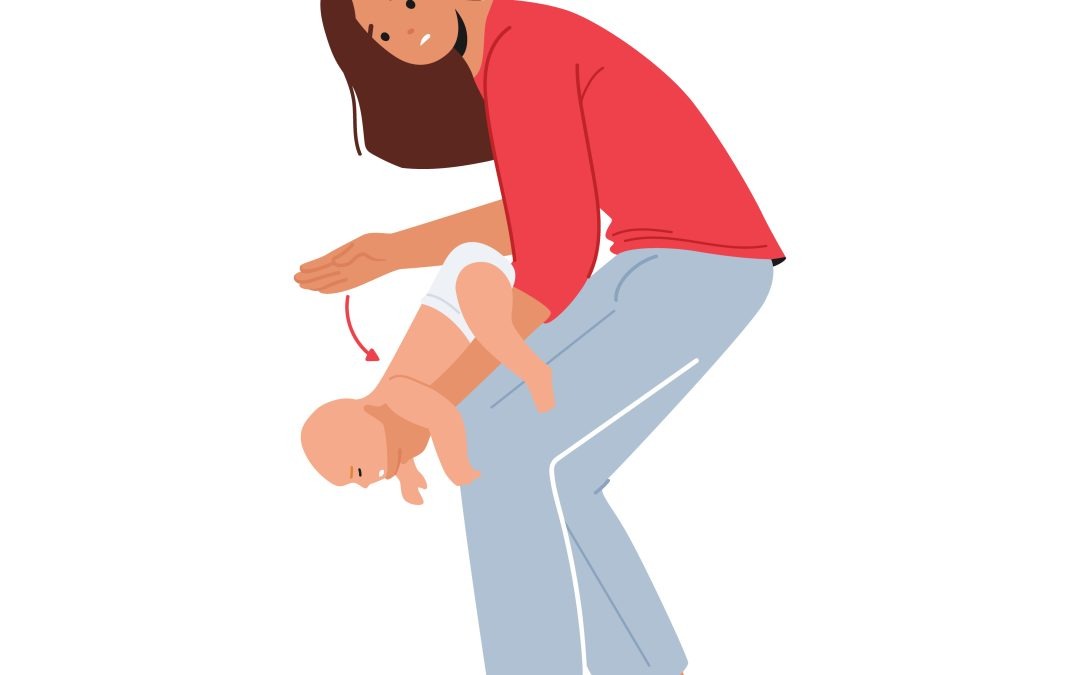


Drowning in children
Drowning is one of the leading causes of death in children. The highest-risk groups are children under the age of five and males aged 15 to 19. What is Drowning? Drowning is defined as an event that occurs due to submersion in a liquid medium, resulting in respiratory...
Hyperthermia in children
Children are at high risk for temperature-related disorders in hot environments. This can range from mild heat exhaustion to severe, potentially fatal heat stroke. Infants and young children are particularly vulnerable because of their underdeveloped thermoregulatory...
Convulsions
Convulsions that occur in children, usually between six months and five years of age, are associated with a high fever but not caused by an acute infection of the central nervous system. A sudden rise in body temperature, often due to upper respiratory or...

